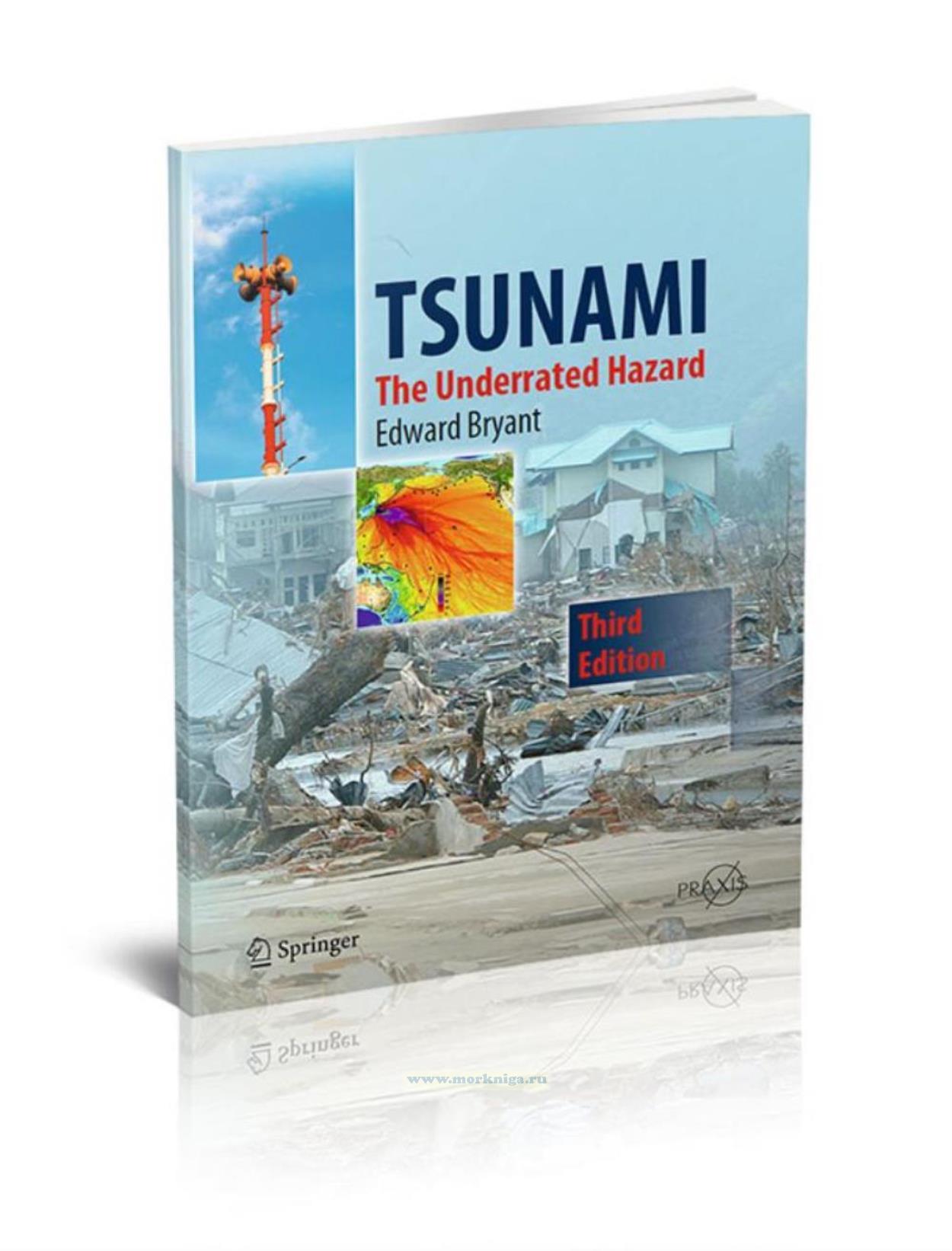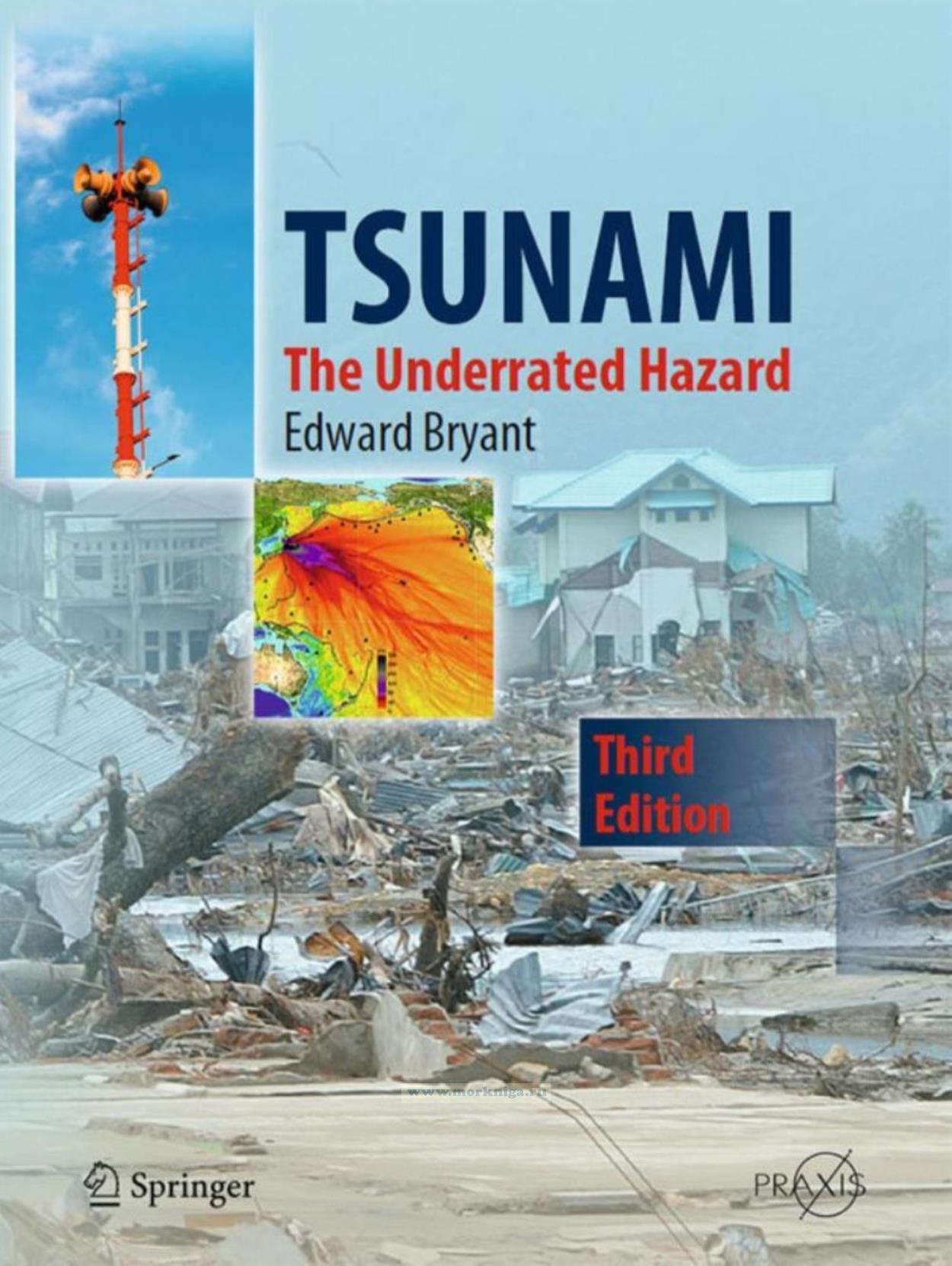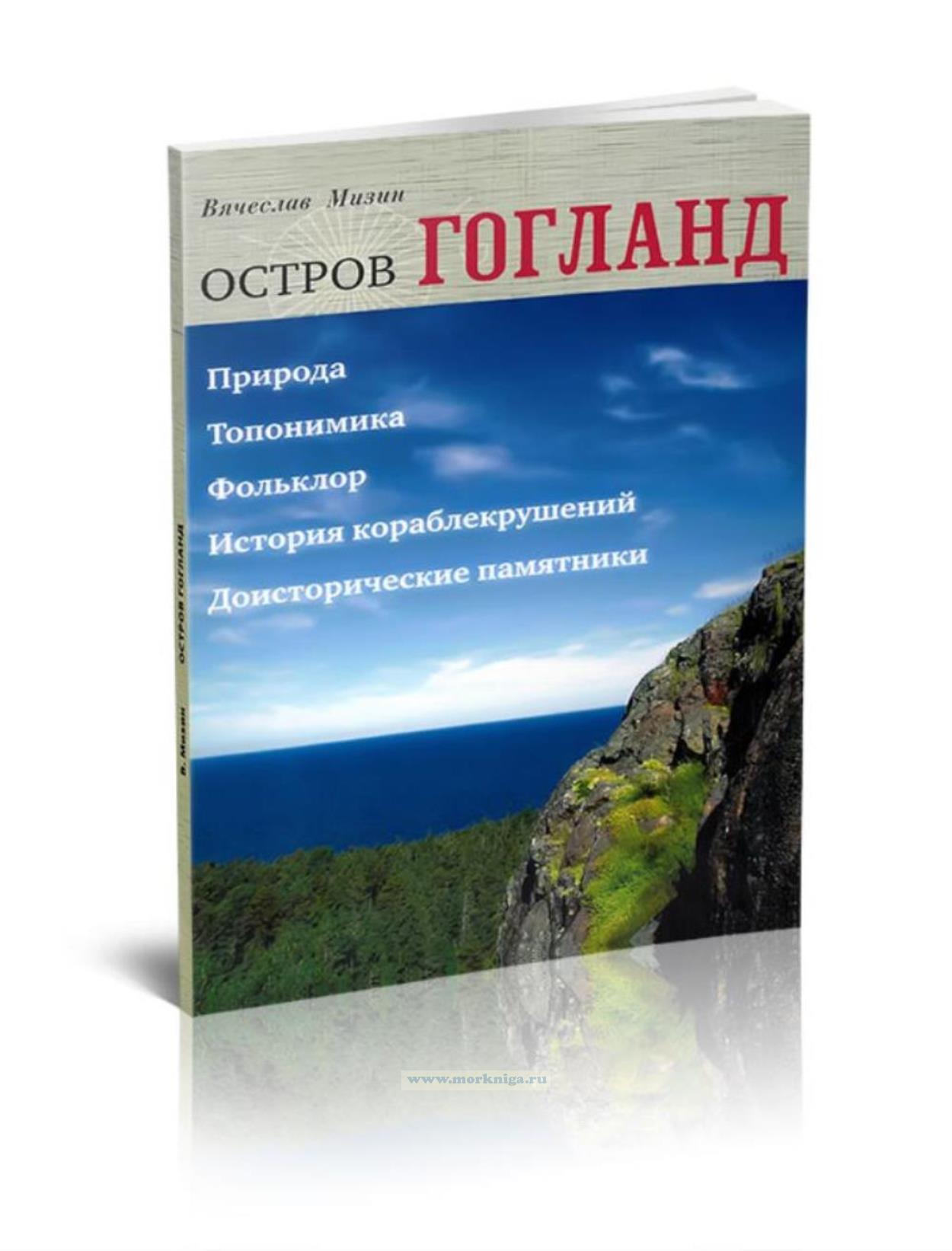Tsunami. The Underrated Hazard/Цунами. Недооцененная опасность
Издание на английском языке
Between 1990 and 2000, over 14 major tsunami events affected the world’s coastlines, causing devastation and loss of life. These events made scientists aware that tsunami have been underrated as a major hazard, mainly due to the misconception that they occur infrequently compared to other natural disasters. However this message did not get effectively translated into warning and response. The disastrous Indian Ocean Tsunami of December 26, 2004 revealed the weaknesses in warning systems, while the Japanese Tohoku Tsunami of March 11, 2011 revealed the flaws in perception and preparation. Both reinforced the point that tsunami larger than living memory can occur along any coastline. Evidence for past great tsunami, or mega-tsunami, has also been discovered along apparently aseismic and protected coastlines, such as those of Australia and Western Europe. These mega-tsunami are caused either by huge submarine landslides or the impact of asteroids and comets with the ocean. With a large proportion of the world’s population living on the coastline, the threat from tsunami cannot be ignored. Were a mega-tsunami to occur today, the death toll would be in the tens of thousands, while the damage would exceed that of any historical disaster.
Tsunami: The Underrated Hazard comprehensively describes the nature and process of tsunami, outlines field evidence for detecting the presence of past events, and describes particular events linked to earthquakes, volcanoes, submarine landslides, and asteroid impacts. While technical aspects are covered, much of the text can be read by anyone with a high school education. The book will appeal to students and researchers in geomorphology, earth and environmental science, and emergency planning, and will be attractive for the public interested in natural hazards and new developments in science.
Contents
Part I Tsunami as a Known Hazard
1 Introduction
1.1 Introduction
1.2 Five Stories
1.3 Scientific Fact or Legends?
1.4 Causes of Tsunami
1.5 Distribution and Fatalities
1.6 Meteorological Phenomena, Freak Waves and Storm Surges
References
2 Tsunami Dynamics
2.1 Introduction
2.2 Tsunami Characteristics
2.3 Tsunami Wave Theory
2.4 Modeling Tsunami
2.5 Run-Up and Inundation
References
Part II Tsunami-Formed Landscapes
3 Signatures of Tsunami in the Coastal Landscape
3.1 Introduction
3.2 Depositional Signatures of Tsunami
3.3 Erosional Signatures of Tsunami
References
4 Coastal Landscape Evolution
4.1 Introduction
4.2 Catastrophism Versus Uniformitarianism
4.3 Tsunami Versus Storms
4.4 Types of Coastal Landscapes Created by Tsunami
4.5 Paleo-Landscapes: Australia
References
Part III Causes of Tsunami
5 Earthquake-Generated Tsunami
5.1 Introduction
5.2 Magnitude Scales for Earthquakes and Tsunami
5.3 How Earthquakes Generate Tsunami
5.4 Events of the 1990s
References
6 Great Earthquake-Generated Events
6.1 Introduction
6.2 Lisbon, November 1, 1755
6.3 Chile, May 22, 1960
6.4 Alaska, March 27, 1964
6.5 The Indian Ocean Tsunami December 26, 2004
6.6 Japanese Tohoku Tsunami March 11, 2011
References
7 Great Landslides
7.1 Introduction
7.2 Causes of Submarine Landslides
7.3 How Submarine Landslides Generate Tsunami
7.4 Historical Tsunami Attributable to Landslides
7.5 Geological Events
7.6 Bristol Channel, United Kingdom, January 30, 1607
7.7 The Risk in the World’s Oceans
References
8 Volcanic Eruptions
8.1 Introduction
8.2 Causes of Volcano-Induced Tsunami
8.3 Krakatau, August 26-27, 1883
8.4 Santorini, Around 1470 BC
References
9 Comets and Asteroids
9.1 Introduction
9.2 Near Earth Objects
9.3 How Do Extraterrestrial Objects Generate Tsunami?
9.4 Geological Events
9.4.3 Other Events
9.5 Events Based upon Legends
9.6 Historical Evidence for an Impact Event
9.7 Criticisms of Legendary Events
References
Part IV Modern Risk of Tsunami
10 Risk and Avoidance
10.1 Introduction
10.2 What Locations Along a Coast Are at Risk from Tsunami?
10.3 Warning Systems
10.4 How Long Have You Got?
10.5 Where Should You Go if There Is a Tsunami Warning?
References
11 Epilogue
11.1 Five Stories
11.2 Concluding Comments
References
Index


 Остров Гогланд. Природа. Топонимика. Фольклор. История кораблекерушений. Доисторические памятники
Остров Гогланд. Природа. Топонимика. Фольклор. История кораблекерушений. Доисторические памятники  Гидротермальный рудогенез океанского дна
Гидротермальный рудогенез океанского дна